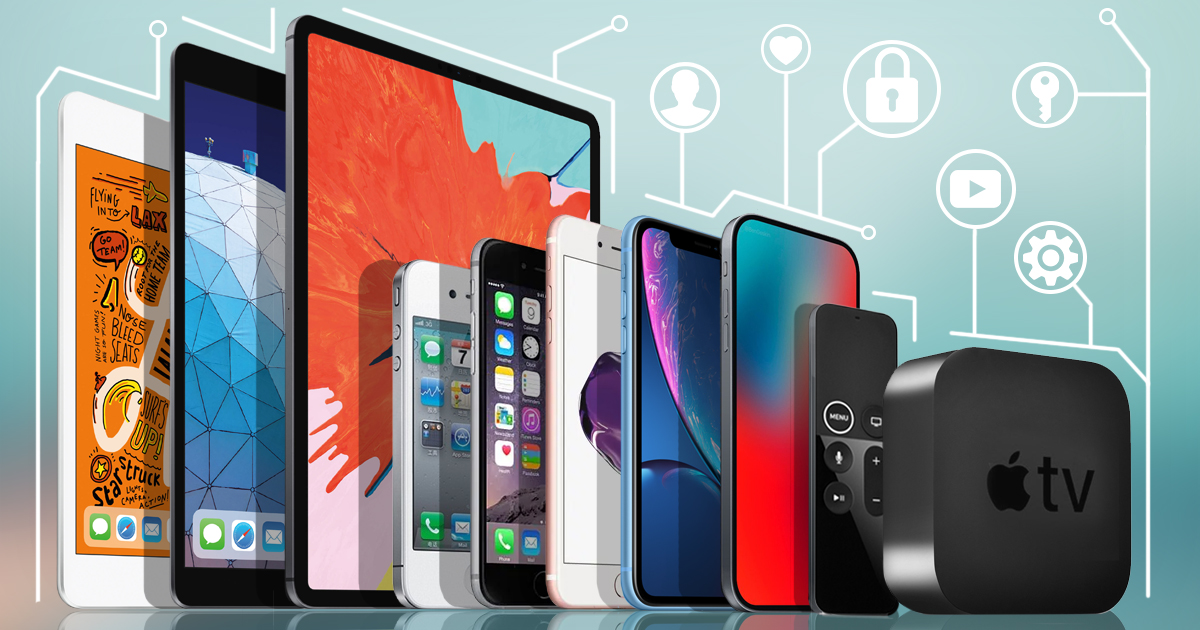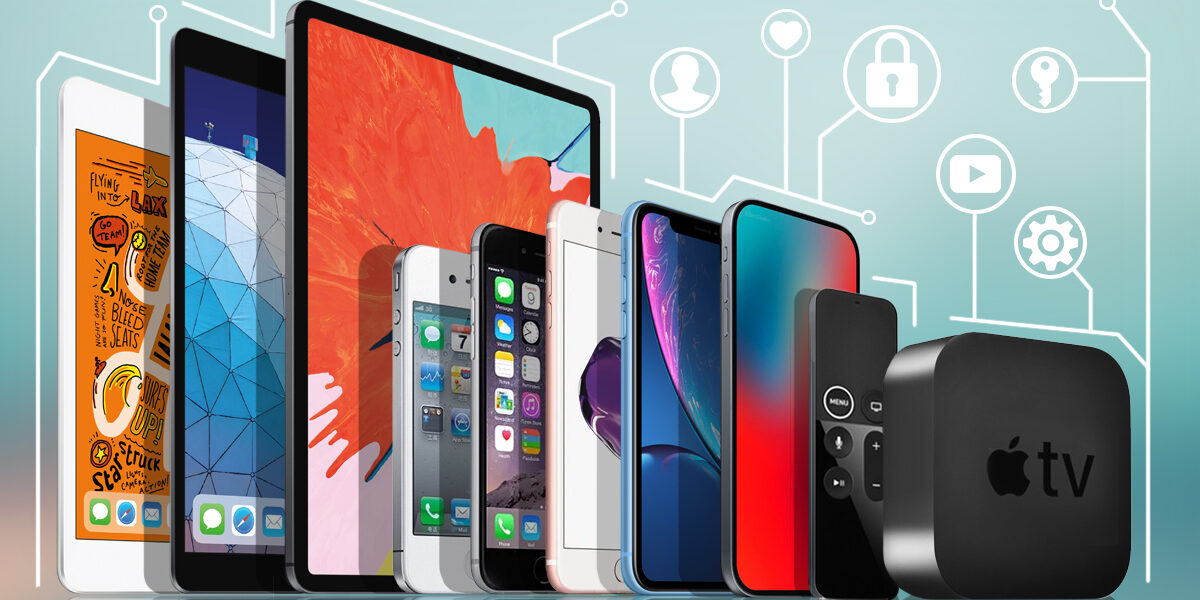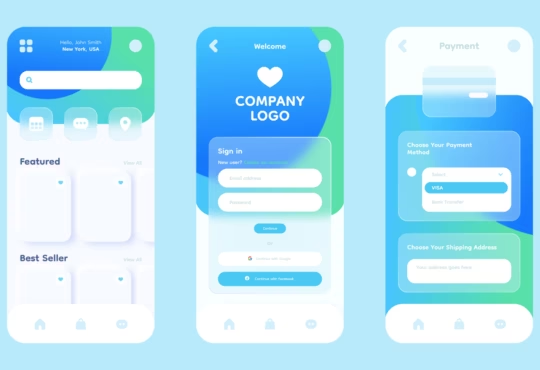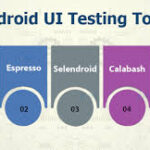
In the ever-evolving mobile landscape, iOS applications must cater to a wide variety of user expectations and device specifications. Ensuring your iOS app functions seamlessly across different devices is not just a best practice—it is a necessity. Here’s why testing iOS applications across multiple devices is so important.
1. Device Fragmentation
Despite Apple’s controlled ecosystem, there is significant diversity in device models and iOS versions. Each device, from older models like the iPhone 6 to the latest iPhone 14, may have different screen sizes, hardware capabilities, and software versions. This fragmentation means that an app functioning perfectly on one device might face issues on another. Comprehensive testing ensures compatibility and optimal performance across the entire range of iOS devices.
2. User Experience (UX) Consistency
User experience is a key determinant of an app’s success. Inconsistent behavior, layout issues, or performance problems on different devices can frustrate users, leading to negative reviews and a decline in app usage. By testing across multiple devices, developers can ensure a consistent and smooth user experience, enhancing user satisfaction and loyalty.
3. Diverse Hardware Capabilities
Different iOS devices have varying hardware capabilities, including processing power, memory, and battery life. For instance, an app might run smoothly on a high-end device but could suffer from performance issues on older models. Testing across devices helps identify and address these disparities, ensuring the app is optimized for a broad user base.
4. Screen Size and Resolution Variations
iOS devices come in various screen sizes and resolutions, from the compact iPhone SE to the expansive iPad Pro. An app’s UI must adapt seamlessly to different screen dimensions, ensuring that elements are correctly displayed and accessible. Cross-device testing helps verify that the app’s layout, graphics, and interactive elements are visually and functionally consistent across all devices.
5. Operating System Versions
Apple frequently releases updates and new versions of iOS. Users may not always upgrade to the latest version immediately, leading to a diverse mix of iOS versions in use. Testing on multiple iOS versions ensures that your app remains functional and bug-free, regardless of the OS version installed on the user’s device.
6. Identifying Device-Specific Bugs
Certain bugs and issues may only surface on specific devices due to unique hardware or software configurations. For instance, a crash might occur on an iPhone 8 but not on an iPhone 13. By testing across a range of devices, these device-specific bugs can be identified and fixed before the app reaches the end users.
7. Network Conditions
Different devices may handle network conditions differently, affecting the app’s performance during varying connectivity scenarios (e.g., 3G, 4G, Wi-Fi). Testing across devices helps ensure that the app can handle different network conditions gracefully, providing a robust user experience regardless of the network quality.
8. Accessibility Compliance
Ensuring accessibility is a vital part of app development. Different devices may interact differently with accessibility features like VoiceOver, dynamic text, and color settings. Testing on various devices ensures that your app is accessible to users with disabilities, providing a more inclusive user experience.
9. Market Reach and Reputation
A well-tested app that works seamlessly across all iOS devices can reach a broader audience, leading to higher download rates and better user retention. Positive user experiences across different devices contribute to a strong market reputation, fostering trust and credibility among users.
Conclusion
Testing iOS applications across multiple devices is critical for delivering a high-quality, reliable, and user-friendly app. It addresses the challenges of device fragmentation, ensures UX consistency, and helps maintain app performance and functionality across various hardware and software configurations. By investing time and resources into comprehensive cross-device testing, developers can create robust applications that stand out in the competitive app market, ultimately driving user satisfaction and business success.

 In the ever-evolving mobile landscape, iOS applications must cater to a wide variety of user expectations and device specifications. Ensuring your iOS app functions seamlessly across different devices is not just a best practice—it is a necessity. Here’s why testing iOS applications across multiple devices is so important.
In the ever-evolving mobile landscape, iOS applications must cater to a wide variety of user expectations and device specifications. Ensuring your iOS app functions seamlessly across different devices is not just a best practice—it is a necessity. Here’s why testing iOS applications across multiple devices is so important.










